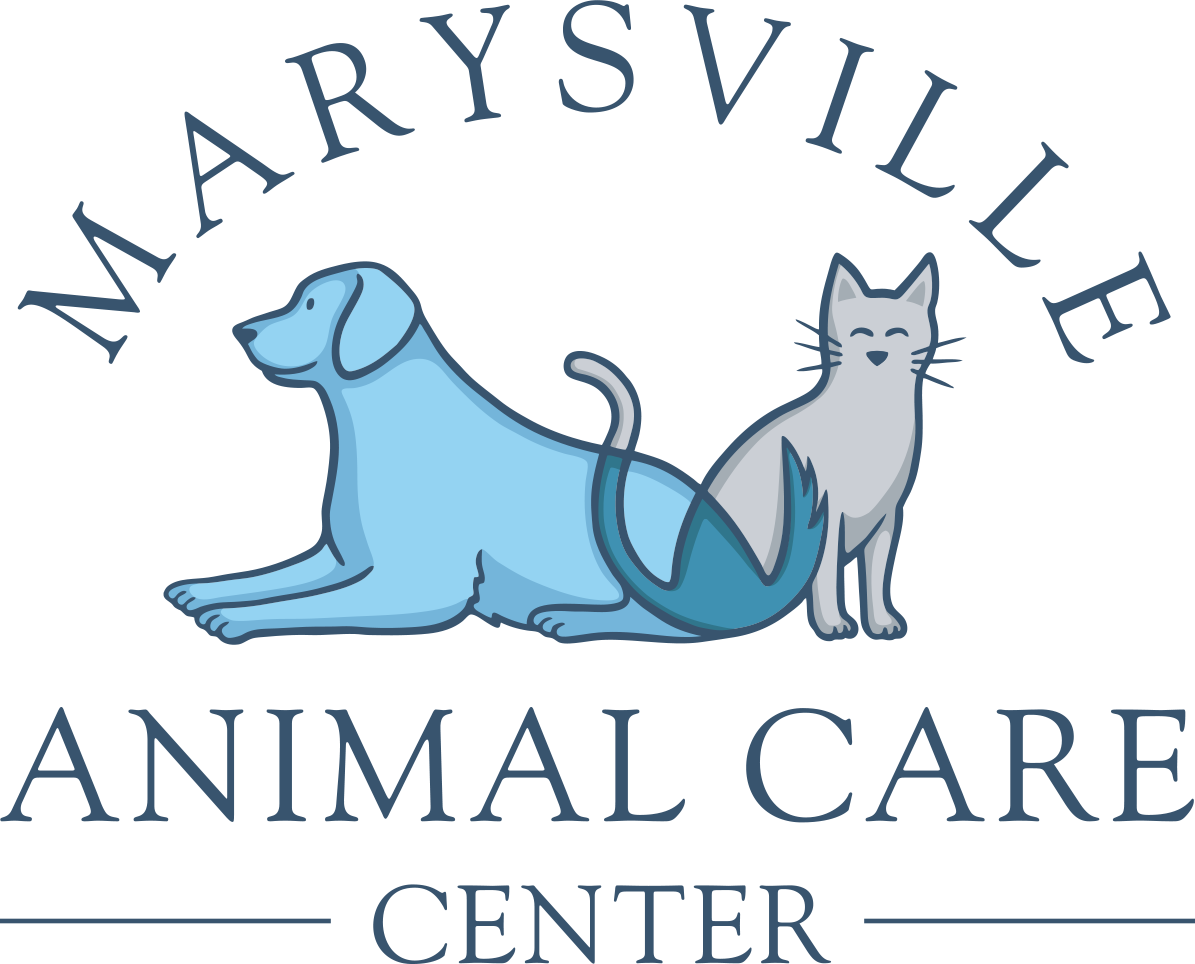Library
-
Of all dog breeds, the Dalmatian is the most easily identified because of his distinctive coat. The image of a large white dog speckled with black spots all over his body, sitting on top of a fire truck or running along side a horse-drawn coach, is embedded in the minds of everyone, dog lover or no, regardless of age.
-
Dandie Dinmont Terriers are live-wire dogs that enjoy rousing play, yet can be as tough as nails when extracting a rodent from its den or when standing up to a challenge.
-
Cat food labels can be confusing. These labels are an important way that pet food manufacturers communicate nutritional information to consumers. It is important to understand some of the rules regulating cat food labels to better interpret the information they contain.
-
Your veterinarian wants to keep your pet healthy and the fact is that people who are better informed take better care of their pets. Do not be overwhelmed by “medicalese”. Try your best to understand this foreign language and if you cannot quite decipher it, ask your veterinarian to speak more plainly.
-
Degenerative joint disease is arthritis caused by deterioration and degeneration of tissues lining joints. It is an under-recognized condition in cats. Treatment involves modification of the home environment, regular gentle exercise, anti-inflammatory drugs and other medications, omega fatty acids, chondroprotectants, and possibly other nutraceuticals. Maintaining your cat’s weight can help prevent degenerative joint disease.
-
Degenerative joint disease is arthritis caused by deterioration and degeneration of tissues lining joints. Treatment includes regular gentle exercise, anti-inflammatory drugs and other medications, omega fatty acids, chondroprotectants, and possibly other nutraceuticals. Emerging therapies include rehabilitation therapy, acupuncture, and stem cell or platelet rich plasma therapies. Maintaining your dog’s weight can help prevent degenerative joint disease.
-
Cleaning your cat's teeth every day at home will help prevent plaque and tartar build-up. Use of a pet toothpaste is recommended, but even wiping a Q-tip across your cat's teeth and gums goes a long way to reduce plaque and tartar accumulation. For proper dental evaluation and care, your cat must be safely placed under general anesthesia. The examination usually includes dental X-rays and probing to evaluate gum bleeding and periodontal pockets. Tooth scaling will be performed, using both hand and ultrasonic scalers, to remove tartar above and below the gum line.
-
Plaque and tartar forms on teeth daily and, if allowed to accumulate, will cause progressive periodontal disease. Cleaning your dog's teeth every day at home helps prevent plaque and tartar build-up. For proper dental evaluation and care, your dog must be safely placed under general anesthesia. The examination usually includes dental X-rays and probing to evaluate gum bleeding and periodontal pockets. Tooth scaling will be performed, using both hand and ultrasonic scalers, to remove tartar above and below the gum line. Removing plaque and tartar before disease occurs is the foundation of preventative dentistry.
-
Dental disease, also known as periodontal disease, is a condition in which the tissues supporting the teeth become inflamed. When a pet develops dental disease, significant quantities of bacteria reside within the mouth and the oral tissues. These bacteria can enter the bloodstream and travel to other areas such as the liver and kidneys, causing distant or systemic effects.
-
Dental disease is one of the most common medical conditions seen by veterinarians. The most common types of dental disease in cats are periodontal disease and tooth resorption. This article discusses the most common dental diseases in cats, signs, diagnostic procedures, treatments, and preventive steps to keep a cat's teeth healthy.

